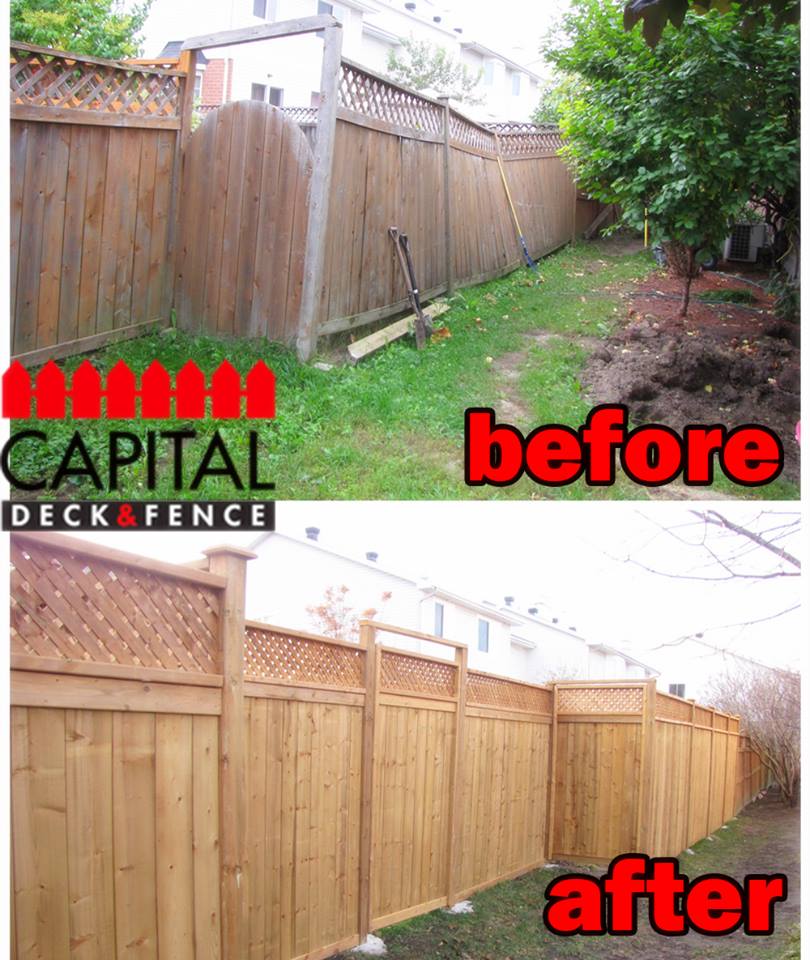Fences are useful to gardeners. They may function to keep both wild and domestic animals (and people) out of areas, define garden spaces, create or maintain privacy, decrease noise, or simply be decorative. Ideally, a fence will serve multiple functions. They can be constructed from stone, block, brick, wire, wood, plastic, wrought iron, or live vegetation. Regardless, some thought should be given to your fencing goals before you begin setting posts or hanging gates. This week’s column will provide some functional considerations about fence construction.
Garden fences often serve to protect areas from animal trampling and herbivory (eating plants). Knowing your enemy is critical to building an effective barrier. Even so, if your garden is the only green feed for miles, then that animals will often find a way into the sturdiest of fences. Deer can be difficult to exclude with conventional fences and there are several designs. If electricity is not used, a deer fence should be at least eight, and preferably ten feet tall. Cottontail rabbits can be excluded with a two-foot tall poultry wire fence that is stretched tight to the ground and preferably buried at least two inches. Jackrabbit exclusion requires a three-foot tall fence buried at least six inches below ground. Javelina can be excluded using a sturdier version of a jackrabbit fence. Cattle require a standard ranch-type fence that will withstand rubbing and pushing. Elk are the toughest to exclude. Twelve-foot wire fences are often used, but aggressive bull elk can tear down almost any wire fence.
Wood fences are usually more attractive than wire fences, but require some maintenance (i.e. paint, repair, etc). Concrete block, brick, or stone are the most permanent types of fence but also the most expensive in terms of time and materials. Masonry fences are also the most efficient at reducing noise. Both wood and masonry fences can create privacy, but they also exclude light to allow plant growth. In addition, masonry fences retain and reradiate heat. This quality can be an advantage or disadvantage depending on your needs. In some situations, wood and masonry fences will also trap cold air, which flows downslope on cold nights and can cause frost injury to fruit crops and frost tender ornamentals.
Wire fences offer many functional amenities and can be ornamented to make them more attractive and/or less noticeable. Cyclone or chain link fences are very common. This is because they last a long time, require little maintenance, and are very functional. Gates are welded and all parts are weather resistant. Different colored vinyl coatings are also available to help the fence blend in to its surroundings. Woven wire is also a durable fencing material. Woven wire is available in a variety of heights, patterns, and hole sizes to meet your functional and aesthetic needs. Welded wire is similar to woven wire, but is usually less durable. Both woven and welded wires are best suited to level ground because they are not flexible. Chain link is slightly more flexible for use on uneven terrain. Wire fences also allow air, water, and light to pass through.
Wrought iron or welded metal fences are sturdy, but usually require some knowledge, equipment, or outside assistance. They have many advantages and can be very decorative. They are often combined with masonry pilasters. On a recent visit to New Orleans, I saw some beautiful examples of wrought iron fences many of which were over 100 years old and still functional.
Live vegetation is mostly decorative, can create privacy, and function as a windscreen. Many times, a combination of fencing materials can be used to meet both aesthetic and functional needs. For instance, a wood or masonry fence could be used in highly visible areas where appearance is more critical and wire fence could be used on less visible areas where function is the primary concern. Likewise, a wooden, wire, or wrought iron fence could use poultry wire at the base to exclude rabbits.
Size and location of gates should also be considered. Once a fence is built, you will need to walk around it if you don’t have gates conveniently located. Gate width may restrict accessibility to vehicles or equipment. Think about these needs before you build the fence. Repost from Jeff Schalau.

